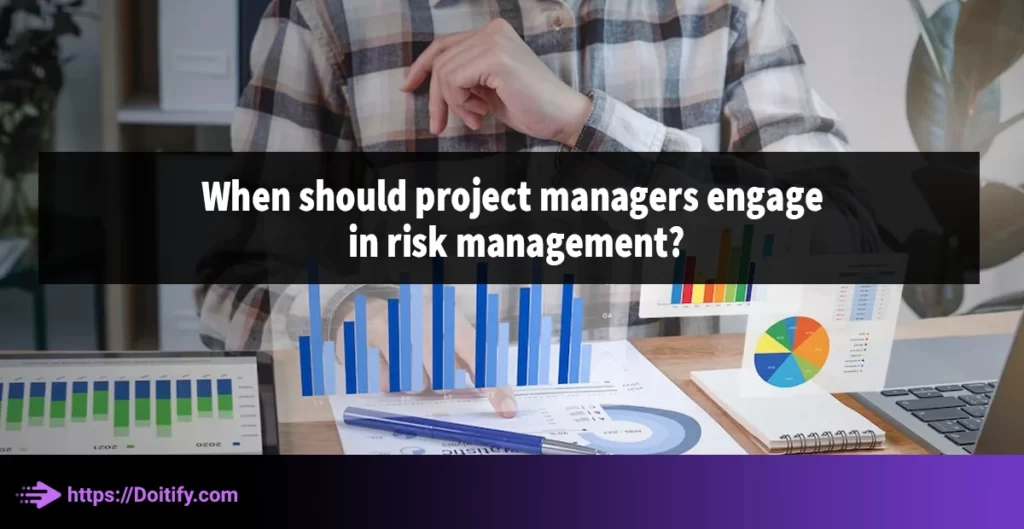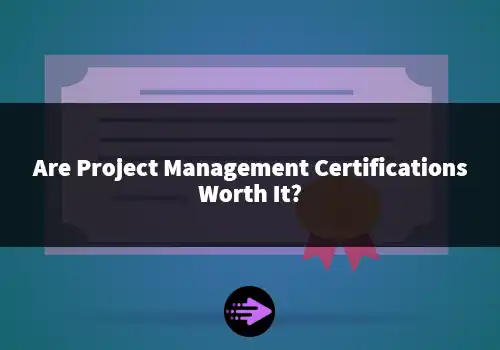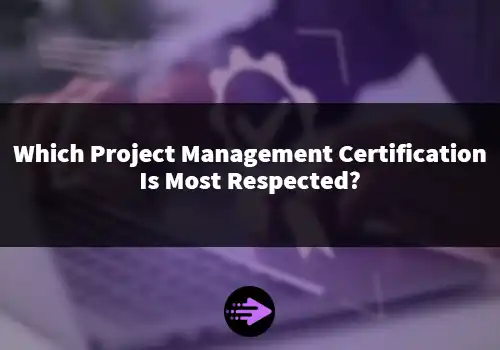When Should Project Managers Engage In Risk Management?
“Project managers should engage in risk management throughout the entire project lifecycle. It’s important to identify, assess, and mitigate potential risks at the earliest stages of a project. This enables proactive planning and enables project managers to effectively allocate resources, manage constraints, and mitigate potential negative impacts on project objectives. Risk management should be an ongoing process, with regular reassessments and updates as the project progresses.”

Comprehensive Answer: When Should Project Managers Engage In Risk Management?
Project managers should engage in risk management throughout the entire project lifecycle, from the very beginning to its completion. This means risk management Isn’t a one-time activity but an ongoing process that ensures proactive mitigation and adaptation throughout the project journey.
Here’s why early and continuous engagement is crucial:
Early identification: The sooner you identify potential risks, the earlier you can develop mitigation strategies, minimizing their impact or even preventing them altogether. Waiting until risks manifest can lead to scramble mode and Increased costs.
Informed decision-making: Understanding potential risks and their likelihood helps project managers make informed decisions about project planning, resource allocation, budgeting, and scheduling. It promotes proactive strategies rather than reactive firefighting.
Transparency and trust: Continuously engaging in risk management fosters transparency and trust with stakeholders. Regularly communicating identified risks and mitigation plans keeps everyone informed and Involved, building confidence in the project’s success.
Adaptability and resilience: Projects rarely go exactly as planned. By actively managing risks throughout the lifecycle, project managers can adapt to changing circumstances and unforeseen challenges, increasing the project’s resilience and ability to navigate uncertainties.
Here are some key stages where continuous risk management is particularly important:
Project initiation: During planning and feasibility studies, identify potential risks associated with project goals, scope, budget, and timeframe.
Project execution: Continuously monitor identified risks, track their evolution, and adjust mitigation strategies as needed throughout the project’s development and implementation.
Project monitoring and control: Regularly review risk assessments, update information based on emerging threats, and adjust risk response plans accordingly.
Project closure: During project evaluation, analyze how identified risks were managed and use lessons learned to improve future risk management practices.
Remember, risk management is a proactive and Iterative process. By engaging In it throughout the project lifecycle, project managers can significantly increase their chances of project success and mitigate potential pitfalls before they derail progress.
Other Doitify pages on project management:




